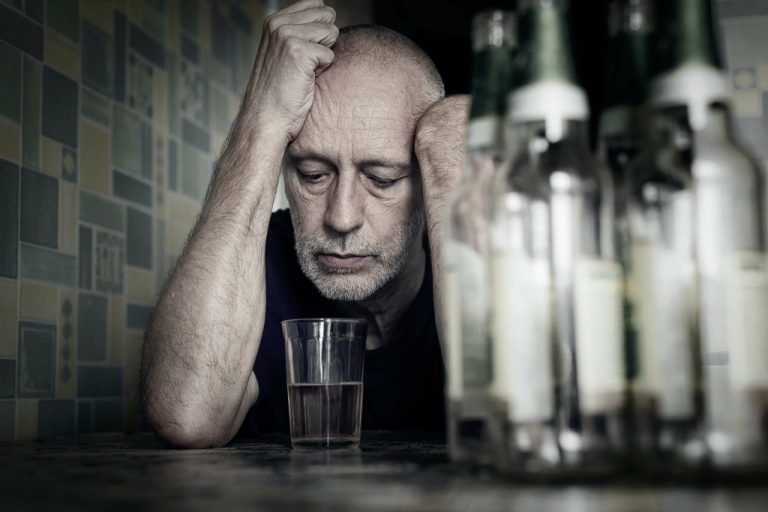Going to bed and waking up at the same time every day helps with body regulation.. Adding movement as part of a daily routine can significantly improve a long-term recovery outlook. Whether it is walking, hiking, doing yoga, or lifting weights, exercise can help a person feel good about his or her body. Exercise also reduces boredom, which is a common trigger for a relapse.
The effectiveness of cognitive therapy in relapse prevention has been confirmed in numerous studies [11]. In intent-to-treat analyses, patients assigned to the RMC group, compared to those who received standard treatment alone, had fewer quarterly assessments in which they were found to be in need of SUD treatment. However, there were no significant differences between the two groups in substance-related problems per month or in total days of abstinence. Two important challenges faced during the continuing care phase of treatment are patient dropout and changes in the patient’s clinical needs over time.
What Happens in a Long-Term Rehab Program?
Learning what one’s triggers are and acquiring an array of techniques for dealing with them should be essential components of any recovery program. The general meaning of relapse is a deterioration in health status after an improvement. In the realm of addiction, https://www.ceeceesblog.com/author/ceecee.html relapse has a more specific meaning—a return to substance use after a period of nonuse. Whether it lasts a week, a month, or years, relapse is common enough in addiction recovery that it is considered a natural part of the difficult process of change.
Counselors and therapists can help a person work through their feelings and help uncover whatever the underlying cause may be. Therapists may use a variety of techniques including Motivational Enhancement Therapy (MET), Cognitive Behavioral Therapy (CBT), and Dialectal Behavioral Therapy to help patients deal with trauma and change their behaviors. Other newer groups are more science-based including http://natural-health.ru/catalog/cosmetics/ukhod_za_volosami/naturalnyy_balzam_dlya_volos_4_soka_listev_aloe_barbadosskogo_rasslablyayushchiy_effekt_aromaterapii/?adaptive=false Self-Management and Recovery Training (SMART). Focusing on healthy habits and constructive programs encourages long-term sobriety while helping to avoid relapse. The best way to incorporate these aspects into recovery is by maintaining a strong, healthy support system. The recovery process will look different for each individual depending on their habits and what drug or drugs they used.
The Four Major Dimensions of Recovery
In the case of addiction, brains have been changed by behavior, and changing them back is not quick. Research shows that those who forgive themselves for backsliding into old behavior perform better in the future. Getting back on track quickly after a lapse is the real measure of success. The belief that addiction is a disease can make people feel hopeless about changing behavior and powerless to do so.
- Identify other factors in your life—relationships, work—that can help take the focus off addictive behaviors.
- A small group of adolescents relapsed when facing interpersonal difficulties accompanied by negative emotions and social pressures to drink or use.
- Even though it was the most traumatic experience of her life, she didn’t relapse.
- Cognitive therapy is one of the main tools for changing people’s negative thinking and developing healthy coping skills [9,10].
- A behavioral strategy is to call and engage in conversation with a friend or other member of your support network.
It is often said that recovering individuals are as sick as their secrets. One of the challenges of therapy is to help clients practice telling the truth and practice admitting when they have misspoken and quickly correcting it. There are many risks to recovery at this stage, including physical cravings, poor self-care, wanting to use just one more time, and struggling with whether one has an addiction. Clients are often eager to make big external changes in early recovery, such as changing jobs or ending a relationship.
USE OF MOBILE HEALTH TECHNOLOGY IN CONTINUING CARE
Treatment programs exist that are specifically designed to last for longer periods of time, starting at 90 days, with some other programs lasting for one to two years. Studies show that people who stay in treatment for at least 90 days have more advantageous results and that participating in treatment longer can further improve results.1,2 However, any amount of time in rehabilitation can be beneficial to someone in need of substance abuse treatment. One of the key steps in improving long-term recovery is understanding what caused a person to use alcohol or drugs in the first place.
Findings from RCCs suggest that they may facilitate the acquisition of recovery capital and enhance functioning and quality of life. It appears that individuals with few resources make use of these accessible RCCs, which may increase social support, employment, housing, and other recovery capital. Given the spread of these RCCs over the past few years, more information is needed about the costs and benefits of these innovative settings, which may play an important factor in reducing relapse.
Recovery-Related Values and Beliefs
Other long-term rehabs may be designed for certain populations, such as dual diagnosis treatment for people with addiction and mental health disorders, those with medical issues, or people with severe addictions. It is possible to blackout from Benzodiazepines such as Xanax, Valium, and Halcion. The phenomenon is similar to blacking out from drinking http://pyt-yah-online.ru/ponyatie.html alcohol, and the risk increases when combining Benzodiazepines with alcohol. Both substances work on the Gamma Aminobutyric Acid (GABA) receptors of the brain, and when more natural GABA is present, communication between neurons slows down. For Jenks, having a supportive family and friends was the most important part of her recovery.

